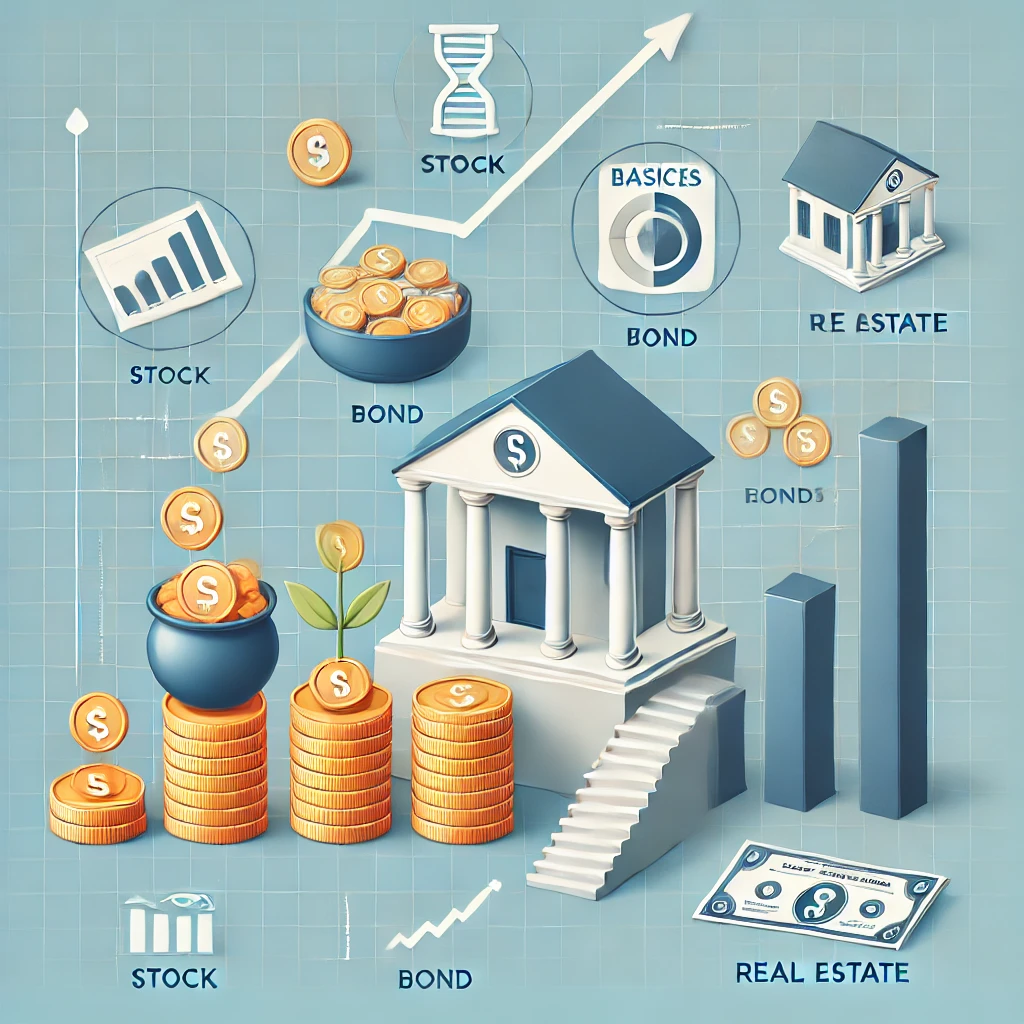
Sustainable investing, also known as socially responsible investing( SRI) or environmental, social, and governance( ESG) investing, has gained significant fashionability in recent times. further and further investors are looking to align their portfolios with their particular values and contribute to positive societal change while still earning returns. In this blog, we will explore what sustainable investing is, the crucial strategies involved, and how you can get started on this poignant investment trip.
What’s Sustainable Investing?
Sustainable investing refers to the practice of making investment opinions that not only consider fiscal returns but also the environmental, social, and governance( ESG) factors of the companies or systems you are investing in. This type of investing points to support companies that prioritize sustainable practices, ethical geste
, and positive social impacts while avoiding those that engage in practices dangerous to society, the terrain, or commercial governance.
Sustainable investing can take numerous forms, from avoiding investments in diligence similar as fossil energies or tobacco to laboriously seeking out companies that concentrate on renewable energy, social equivalency, or ethical labor practices. As the demand for sustainable investment options grows, further finances, indicators, and companies are integrating ESG factors into their business practices.
Why Choose Sustainable Investing?
Sustainable investing offers several advantages beyond fiscal returns
Aligning Investments with Particular Values numerous investors want to insure their plutocrat is being used to support companies that align with their ethical or moral values. For illustration, if you are passionate about environmental conservation, you might prefer to invest in companies that concentrate on clean energy and sustainable practices.
Impacting Positive Change By investing in companies that prioritize sustainability, you can contribute to positive changes in areas like climate change, social justice, diversity, and commercial governance. Your investments may help drive progress in these important areas.
Implicit for Long-Term Returns Research has shown that companies with strong ESG practices tend to perform well over the long term. These companies are more deposited to acclimatize to changing regulations, consumer preferences, and pitfalls, making them more flexible in the face of profitable, environmental, or social challenges.
threat Mitigation Sustainable investing helps reduce pitfalls related to environmental damage, social inequality, and poor governance. For case, companies with poor environmental practices may face forfeitures, regulations, or character damage, which can negatively impact their fiscal performance.
Crucial Strategies for Sustainable Investing
There are several approaches investors can use to make a sustainable portfolio
Negative Webbing This strategy involves avoiding investments in companies or diligence that don’t meet certain ethical or sustainability norms. For illustration, numerous sustainable investors count diligence similar as fossil energies, tobacco, munitions manufacturing, or gambling from their portfolios.
Positive Webbing This approach focuses on laboriously opting companies that demonstrate strong ESG performance. Positive webbing seeks to invest in businesses that have a positive impact on the terrain, society, or governance. For case, an investor might choose companies that produce renewable energy, promote diversity in leadership, or have strong labor practices.
Impact Investing Impact investing goes a step further by targeting investments that induce measurable social or environmental benefits alongside fiscal returns. This could involve investing in a fund concentrated on clean energy or a company that provides access to clean water in underserved communities. The key then’s that the investor seeks both a fiscal return and a palpable positive impact on society.
ESG Integration ESG integration involves incorporating environmental, social, and governance factors into the investment decision- making process. Rather than solely fastening on fiscal criteria , investors assess how companies manage ESG pitfalls and openings. ESG integration can be applied across a wide range of asset classes, including stocks, bonds, and real estate.
Shareholder Advocacy Some sustainable investors use their shareholder position to impact the companies they invest in. By laboriously engaging with companies through shareholder voting or dialogue, investors can endorse for better sustainability practices and commercial governance.
How to Get Started with Sustainable Investing
still, then are some way to help you get started
If you are interested in sustainable investing.
Define Your Values and Precedences The first step is to determine which social, environmental, or governance issues are most important to you. Are you concerned about climate change? Gender equivalency? Commercial translucency? Understanding your values will help you choose the right investment strategy and companies that align with your pretensions.
exploration ESG finances and ETFs If you are looking to make a diversified portfolio concentrated on sustainability, consider investing in ESG- concentrated collective finances or exchange- traded finances( ETFs). These finances generally invest in companies that meet specific environmental, social, and governance criteria. numerous ESG finances are available for both long- term and short- term investors, so you can find one that fits your fiscal pretensions.
Review Company ESG Reports numerous companies now release periodic ESG reports outlining their environmental, social, and governance practices. Reviewing these reports can help you estimate a company’s commitment to sustainability and determine whether it aligns with your values.
Estimate Threat and Return Just like any investment, sustainable investments come with pitfalls and prices. It’s important to estimate the implicit returns and pitfalls of any sustainable investment, considering factors similar as assiduity trends, profitable conditions, and nonsupervisory changes. Diversification is still crucial to managing threat.
Conclusion
Sustainable investing allows investors to put their plutocrat toward causes they watch about while still seeking fiscal returns. Whether you choose to avoid certain diligence, laboriously seek out sustainable companies, or use your influence as a shareholder, sustainable investing provides a way to make a positive impact on society and the terrain. By aligning your investments with your values, you can help produce a further sustainable world while working toward achieving your fiscal pretensions. Start small, do your exploration, and see how you can contribute to a better future with your investment choices.





